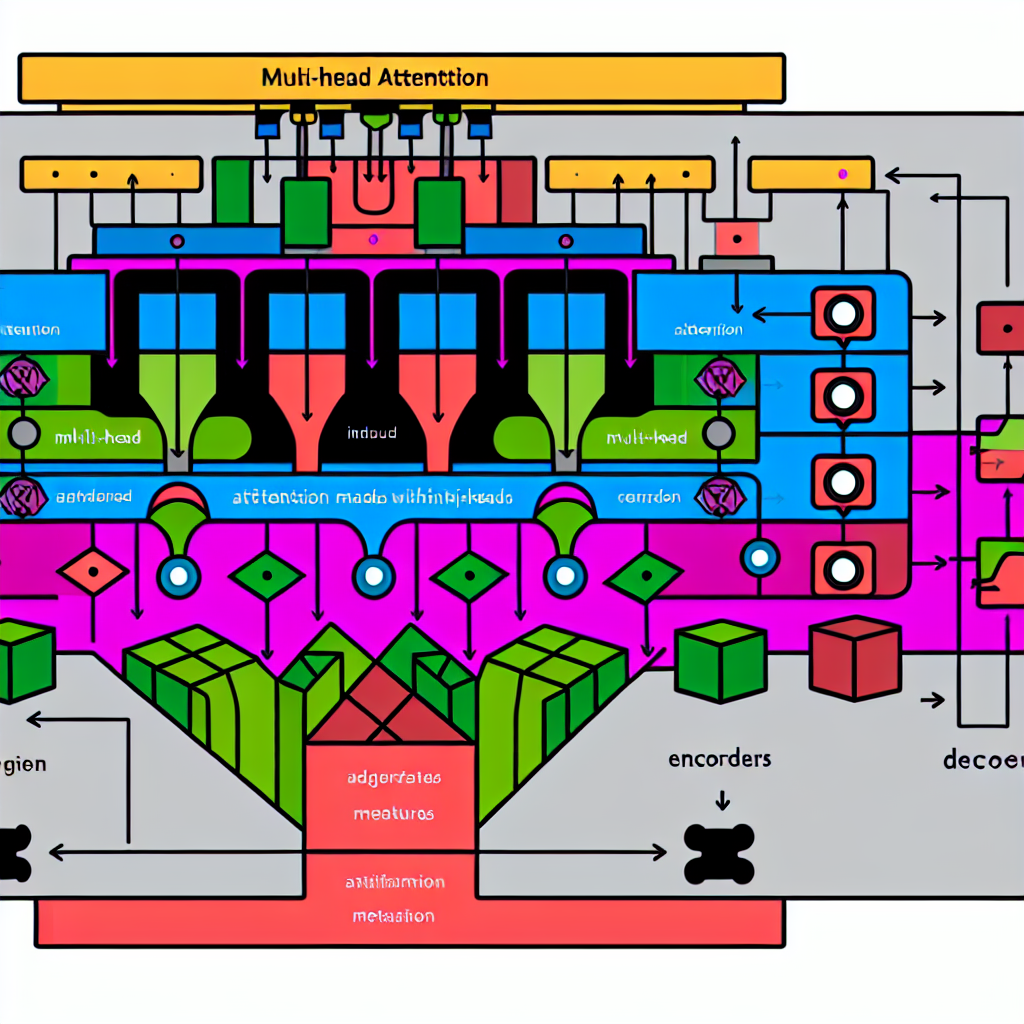Cross-Modal AI: Advanced Techniques for 2025
In the ever-evolving landscape of artificial intelligence, Cross-Modal AI is emerging as a pivotal frontier. Seamlessly bridging the gap between various data types, Cross-Modal AI aims to harmonize and integrate multiple modalities such as text, image, audio, and video. In today’s data-rich environment, leveraging this capability can significantly enrich data interpretation and decision-making processes for businesses. This article delves into the intricate world of Cross-Modal AI, exploring its potential applications, cutting-edge frameworks, and future trends. Whether you’re a professional in AI, a data science enthusiast, or a learner eager for in-depth knowledge, this guide offers valuable insights into the innovative realm of Cross-Modal Generative AI.
Advanced Applications of Cross-Modal AI
One of the significant advantages of Cross-Modal AI lies in its ability to enhance human-computer interaction. For instance, virtual assistants can utilize audio cues alongside visual data to offer more personalized user experiences. Furthermore, in the healthcare industry, combining different data modalities such as text reports, radiological images, and patient histories enables more accurate diagnostics and treatment plans.
In marketing, Cross-Modal AI facilitates the creation of compelling content that effectively integrates images, video, and text, catering to diverse consumer preferences. Financial institutions also benefit by analyzing trading patterns and market sentiments through multimodal data streams, enhancing risk assessment and decision-making accuracy.
Frameworks and Tools
Several frameworks have been developed to support Cross-Modal AI applications. Notably, TensorFlow and PyTorch have been adapted to handle multimodal inputs, allowing for smoother model training and deployment. Additionally, Google’s DeepMind introduced a framework that connects diverse data modalities using attention mechanisms, enabling more nuanced understanding and contextualization of data.
New research focuses on improving the scalability and efficiency of these frameworks. The development of APIs and plugins that facilitate seamless integration of multimodal data streams offers a promising pathway to extensive deployment in various sectors.
Emerging Trends in Multimodal AI
As we move towards 2025, several trends are expected to shape the future of Cross-Modal AI. The increasing availability of open-source datasets promotes innovation and democratizes access to sophisticated AI models. Additionally, the integration of edge computing with Cross-Modal AI is anticipated to revolutionize real-time data processing and analytics.
Furthermore, ethical AI frameworks are gaining traction, focusing on ensuring transparency and fairness in AI-driven decisions. Real-time multimodal advertising tailored to individual consumer preferences is set to become a standard, offering more engaging and personalized experiences.
Real-World Examples
A leading e-commerce platform, for example, has leveraged Cross-Modal AI to transform its search and recommendation systems. By incorporating user reviews, product images, and browsing patterns, it provides enhanced product recommendations, leading to increased customer engagement and sales.
In the education sector, Cross-Modal AI is utilized to develop immersive learning environments. By combining text, video, and interactive simulations, these platforms cater to diverse learning styles, improving educational outcomes.
FAQ
- What is Cross-Modal AI?
- Cross-Modal AI refers to AI systems capable of processing and integrating data from different modalities such as text, audio, images, and video.
- How is Cross-Modal AI applied in healthcare?
- In healthcare, Cross-Modal AI combines various data sources to enhance diagnostics, treatment planning, and patient monitoring, improving overall care quality.
- What are the challenges of implementing Cross-Modal AI?
- Challenges include data alignment, resource intensity, and the need for advanced computational frameworks capable of processing multimodal data efficiently.
- Which industries benefit the most from Cross-Modal AI?
- Industries such as healthcare, finance, marketing, and education can significantly benefit from Cross-Modal AI through enhanced data analysis and personalized user experiences.
Conclusion
As we’ve explored, Cross-Modal AI offers transformative potential across various industries by integrating diverse data modalities to create richer, more comprehensive insights. Looking to the future, we expect further advancements in frameworks, ethical considerations, and real-time applications. For AI professionals and enthusiasts, staying abreast of these developments is crucial. Consider delving deeper into specific case studies or exploring emerging research in this field for continuous learning. Read more about future AI trends on our site, and don’t forget to subscribe to our newsletter for the latest updates and insights in AI and Data Science.



